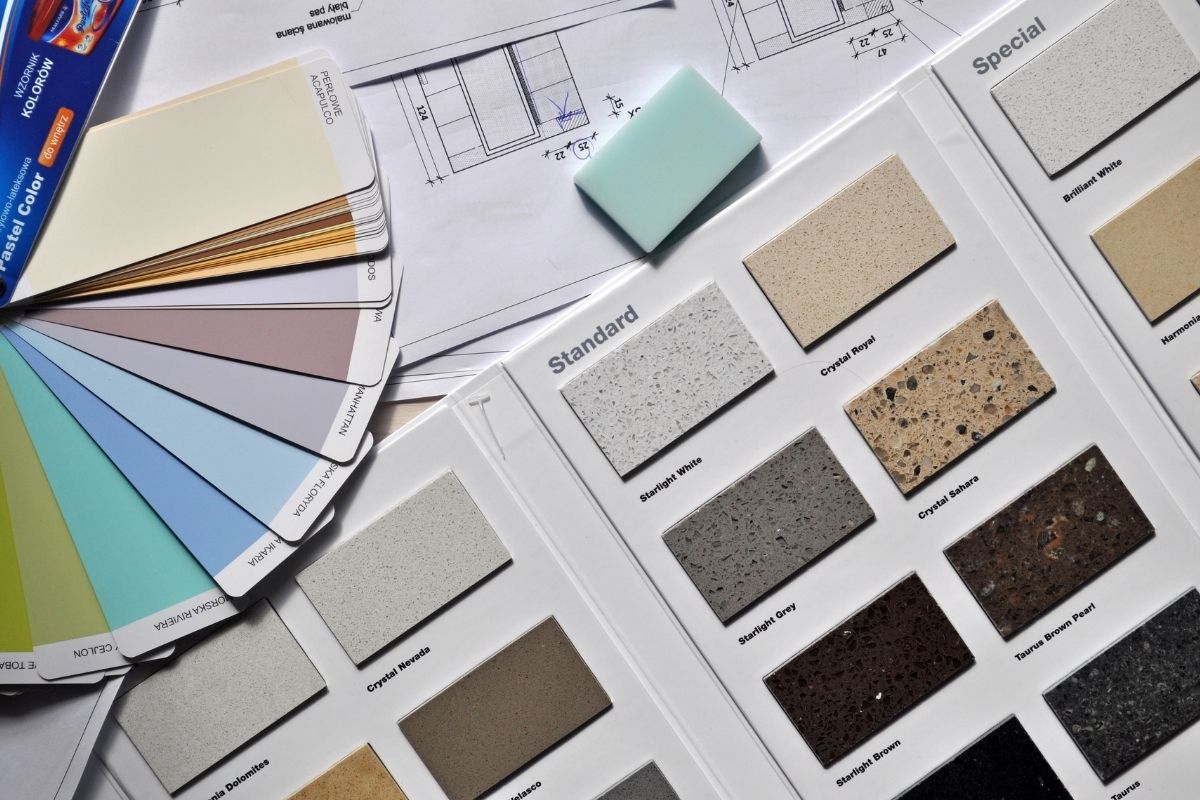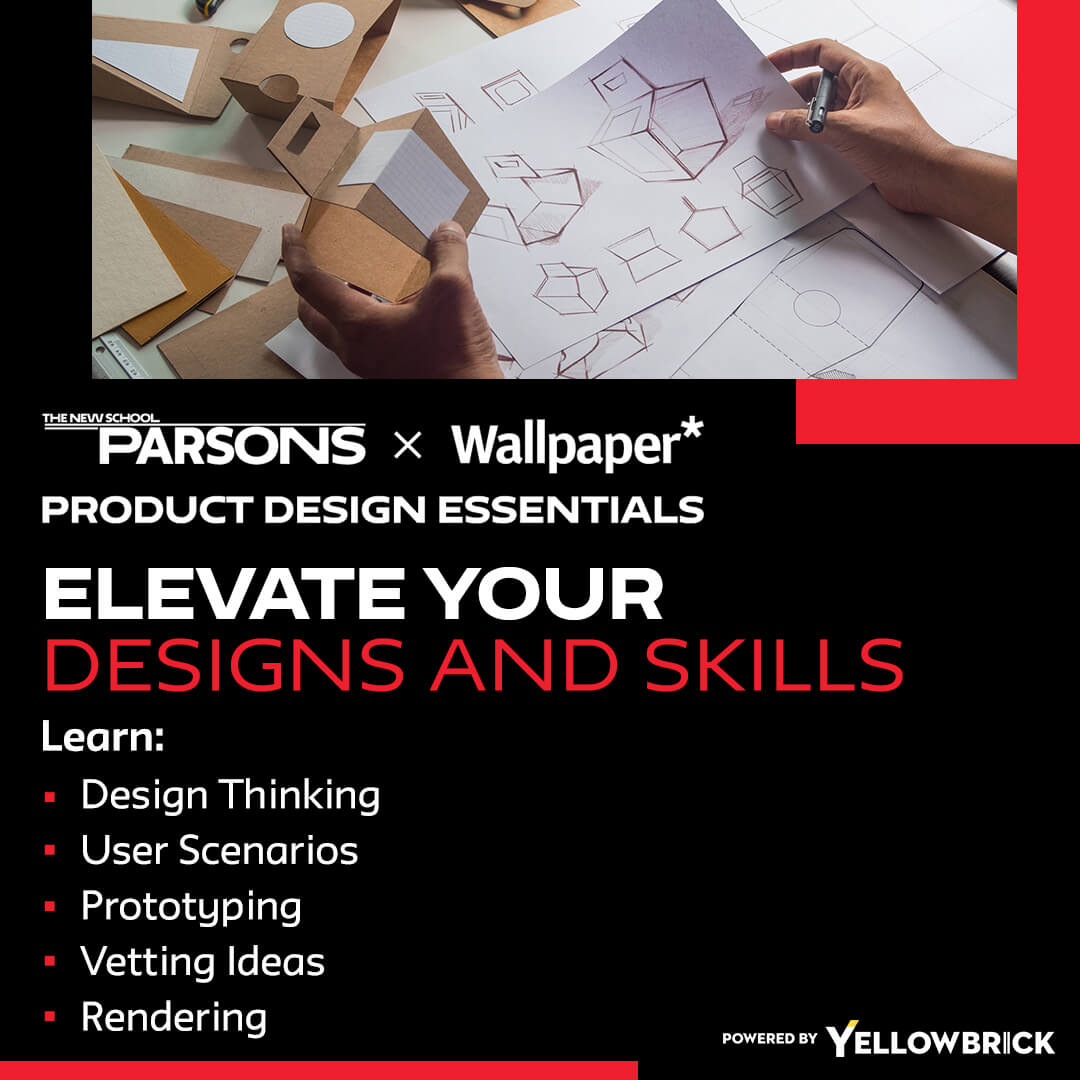Robert Kirkbride Talks About Product Design Timelines

Product design deadlines can sneak up on you faster than you might think possible, which means that you have to make certain that you’re working at a steady pace. How do you stay on track? How do you give yourself a little bit of leash, so to speak, to discover things that are unexpected?
There are many stories from the history of research and development days when scientists would experiment with X material for a purpose and discover, with the purpose or goal just in sight, something else potentially as important along the way. This type of scenario is challenging because the product design process requires that we design time as much as we design material. On any given day, how we design our day and how much we stick to that design matters.
Deadlines as Motivational Tools in Product Design
There are many strategies that I use to design how I use time. I don’t always listen to myself, but I try to do the best that I can when I’m working on a project. You need to recognize that someone may expect a very quick turnaround and that a deadline is not your enemy but your friend. Deadlines may come from a client that is expecting, for production reasons, a deliverable at a certain point in a certain process or sequence. You may also receive an artificial deadline for competition reasons. Deadlines aren’t to be cursed as unreasonable or horrible things. You really need to appreciate and embrace them because they can help motivate you to take an incremental amount of time and subdivide it into activities.
What Does Dishonesty Mean in Time Management?
You ask yourself how you can design your time, your timeline, and how you can get from “here” to “there” in the time that you have available from now until the deadline. A deadline gives you both time and spatial activity reference. It also keeps you somewhat honest. When you’re dishonest about time with yourself, such as if you take on too many projects at once or take too much time having fun while brainstorming and fail to leave yourself enough time for iterative testing, you can expect negative feedback from clients. Your inability to manage time changes your design and product development. It all comes out in the wash too. The more you’re dishonest and fail to manage time, the more you experiment and fail with a particular sequence. When you get better at being honest with yourself on what you actually have time to do, you can expect more positive client feedback.
Online Product Design Education
As shown, you can shortchange yourself on any number of product design projects in various ways. To prevent adverse outcomes, such as a reduction in project opportunities or potential permanent damage to your reputation, it’s important to learn as much as possible now about time management skills and tools while pursuing your product design education.


